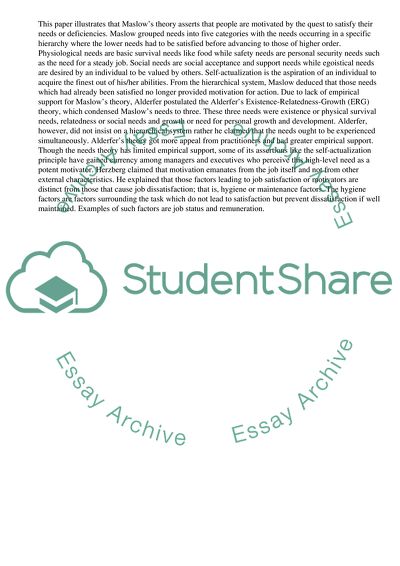Cite this document
(“The Development of Motivation Theory in Business Essay - 1”, n.d.)
Retrieved from https://studentshare.org/business/1468297-outline-the-development-of-motivation-theory-in-business-and-evaluate-the-most-significant-development
Retrieved from https://studentshare.org/business/1468297-outline-the-development-of-motivation-theory-in-business-and-evaluate-the-most-significant-development
(The Development of Motivation Theory in Business Essay - 1)
https://studentshare.org/business/1468297-outline-the-development-of-motivation-theory-in-business-and-evaluate-the-most-significant-development.
https://studentshare.org/business/1468297-outline-the-development-of-motivation-theory-in-business-and-evaluate-the-most-significant-development.
“The Development of Motivation Theory in Business Essay - 1”, n.d. https://studentshare.org/business/1468297-outline-the-development-of-motivation-theory-in-business-and-evaluate-the-most-significant-development.


